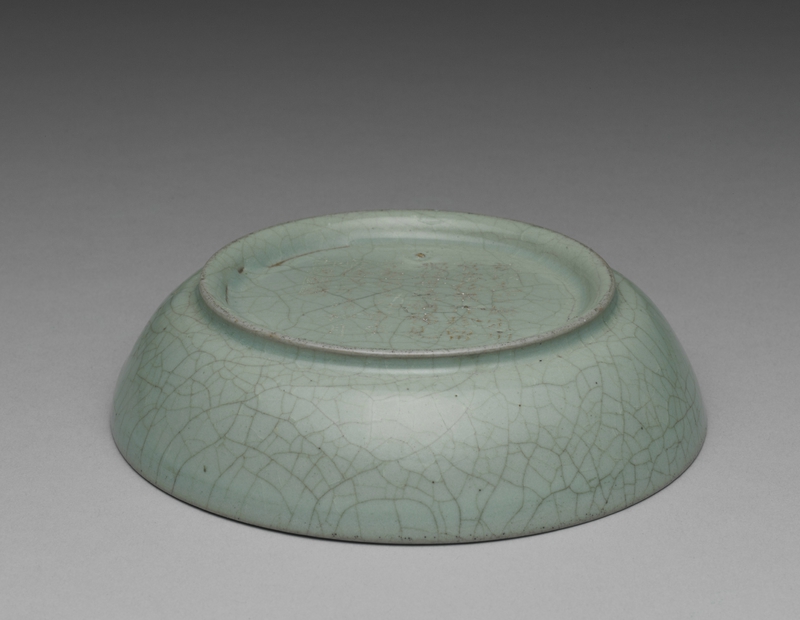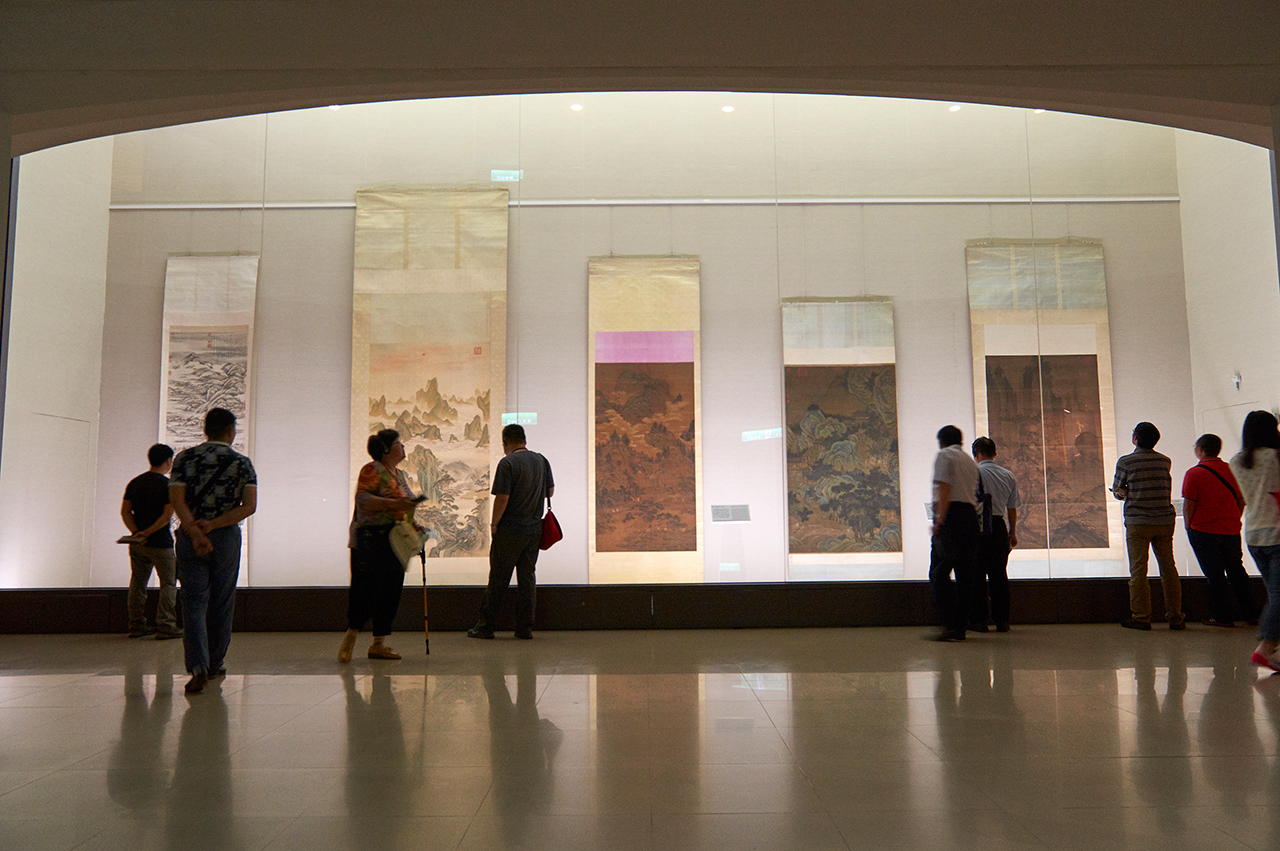The National Palace Museum, located in Taipei, Taiwan, has a permanent collection of nearly 700,000 pieces of ancient Chinese imperial artifacts and artworks, making it one of the largest of its type in the world.
The collection encompasses 8,000 years of history of Chinese art from the Neolithic age to the modern. Most of the collection are high quality pieces collected by China's emperors.

The National Palace Museum shares its roots with the Palace Museum in the Forbidden City, whose extensive collection of artwork and artifacts were built upon the imperial collections of the Ming and Qing dynasties.

Ceramics:
With 21 pieces out of fewer than 80 surviving, the museum has the world's largest collection of Ru ware, one of the rarest Chinese ceramics, made exclusively for the court and one of the Five Great Kilns of the Song Dynasty (960–1279), along with Ding porcelain, Jun ware, Guan and Ge; the museum has major collections of all of these.


Those from the official kilns of the Ming (1368–1644) and Qing (1644–1912) dynasties, such as the doucai porcelains of the Chenghua reign in the Ming Dynasty and painted enamel porcelains from the early Qing, are also of excellent quality.

According to en.wikipedia







![[TOP – BEST PRODUCTS 2023] TOP 100 outstanding OCOP- certified products in Vietnam (P.02) Antesco Henicorhynchus poached with sugarcane (An Giang Province)](https://aseanrecords.world/wp-content/uploads/2023/05/Ca-Linh-kho-mia-218x150.jpg)
![[TOP – BEST PRODUCTS 2023] TOP 100 outstanding OCOP- certified products in Vietnam (P.01) Mr.Ba Loc “Chao” fermented Java barb (An Giang Province)](https://aseanrecords.world/wp-content/uploads/2023/05/ipiccy_image-7-1024x640-1-218x150.jpg)




